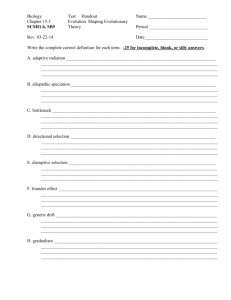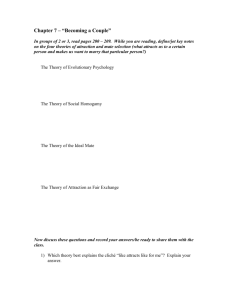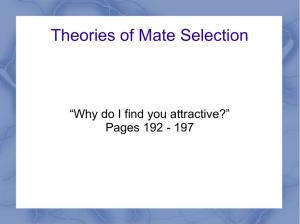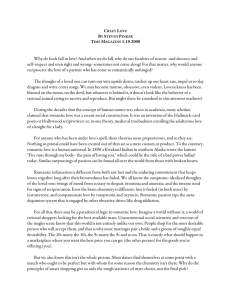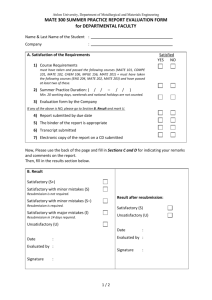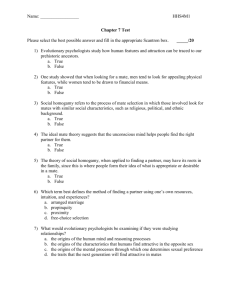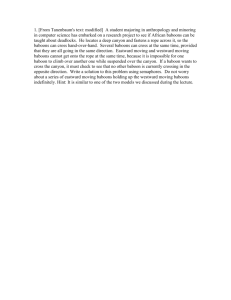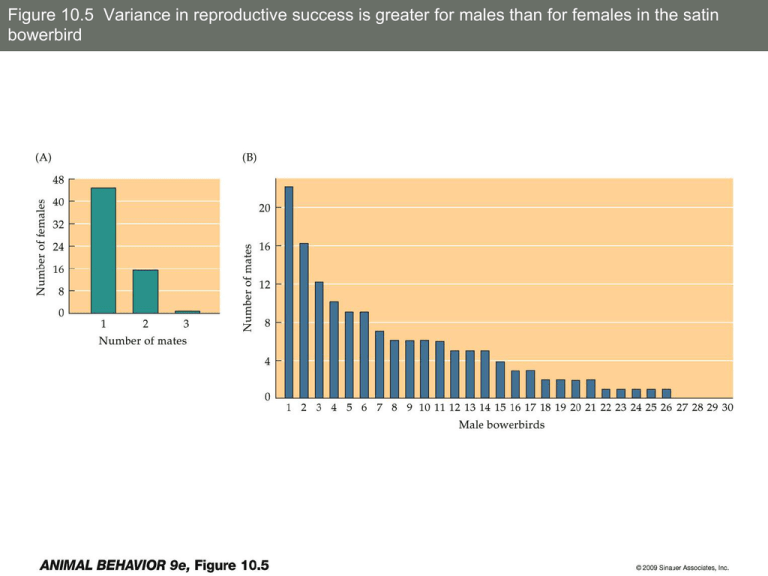
Figure 10.5 Variance in reproductive success is greater for males than for females in the satin
bowerbird
Figure 10.6 Male and female gametes differ greatly in size
Gowaty 2003
Roughgarden 2004
Roughgarden 2004
Figure 10.8 Differences between the sexes in sexual behavior may arise from fundamental
differences in parental investment that affect the rate at which individuals can produce offspring
Rough-skinned
newts!
Figure 10.16 Running speed in collared lizards is the product of sexual selection
Figure 10.18 Dominance and mating success in savanna baboons
Figure 10.19 Dominance affects male paternity in savanna baboons
Figure 10.26 Three different forms of the sponge isopod: the large alpha male, the female-sized
beta male, and the tiny gamma male
Figure 10.27 Three different egg fertilization behaviors coexist in the bluegill sunfish
Figure 10.22 Large horns means smaller testes
Figure 10.28 Copulation in the black-winged damselfly enables the male to remove a rival’s sperm
before transferring his own
Figure 10.29 Sperm competition has shaped the evolution of the black-winged damselfly’s penis
Figure 10.35 Adaptive mate guarding by the Seychelles warbler
Figure 10.32 Female collared flycatchers could bias egg fertilizations in favor of an extra-pair mate
Figure 14.22 Testing alternative hypotheses for rape
Figure 10.38 A potential nuptial gift
Figure 10.39 Sperm transfer and the size of nuptial gifts
Figure 10.42 A sexually selected ornament
Figure 10.43 Male satin bowerbirds provide females with multiple signals that are indicators of their
health and physiological condition
Figure 10.44 Do male ornaments signal good genes?
Figure 10.45 Peacocks with many eyespots tend to be healthier than those with fewer eyespots,
judging from the lower concentrations of heterophils in their blood
Fig. 6.18
1994
Figure 9.15 A female cichlid fish (left) is attracted to the anal fin of a male by the orange spots on
the fin
Figure 9.17 Food, carotenoids, and female mate preferences in the guppy
Figure 9.18 Sexual preferences for orange spots match foraging preferences for orange foods by
female guppies
Figure 9.21 Mate preferences for a novel ornament
Figure 9.19 The response of least auklets to three novel artificial signals
Jones and
Hunter 1998
Figure 9.13 Sensory exploitation and the evolution of a courtship signal in the water mite
Neumania papillator
Figure 9.14 Two evolutionary scenarios for the evolution of male courtship trembling in water mites
Figure 9.22 Sensory exploitation and swordtail phylogeny
Figure 10.47 Chase-away selection theory
Figure 10.48 Sexual selection and the evolution of male traits harmful to females
Holland and Rice
1998
Holland and Rice
1998
Rice 1996
Holland and Rice
1998

